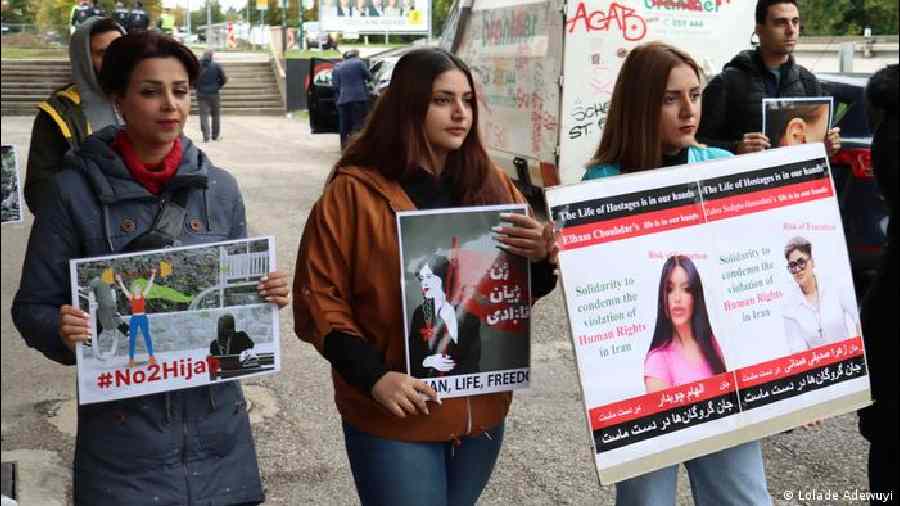Iran is no stranger to protests against the country’s government and the theocracy that rules from behind the scenes. Yet, the recent explosion of public dissent over the death of a young woman, Mahsa Amini, after she was reportedly beaten by the country’s ‘morality police’ for not wearing her hijab ‘properly’, has shaken the nation in ways that have no precedent. Over the past fortnight, tens of thousands of ordinary Iranians have taken to the streets across the country, braving batons, tear gas and arrests in open defiance against leaders who appear to have no answer. It would be easy to describe this moment as centred on the hijab. But in reality, it reflects a deeper questioning of rigid religious rules and gender-based discrimination by a generation of Iranians that mostly grew up after the Islamic Revolution of 1979. For Iran’s ruling clerics and politicians, the protests represent a test that could define the future of the country: the nation’s leaders could either demonstrate empathy and an ability to evolve, or double down on an approach that can only fail eventually.
In recent years, many of the protests in Iran have been linked to deteriorating economic conditions. Although the government’s mismanagement has been the target of public anger, it is true that Western sanctions against Iran have hobbled the country’s economy. That has allowed Iranian rulers to accuse external actors — the United States of America in particular — of first crippling the economy and, then, stoking public opposition to the Islamic republic. Those arguments, whatever their merits in the past, cannot hold today. The current protests are about more basic questions of individual rights, gender equality, and the idea of justice. That is the reason why Iranian women have been joined by thousands of men in protests. Videos of morality police officers getting thrashed in public are doing the rounds. The Iranian men’s football team — including some of the country’s biggest icons — wore black jackets in solidarity with their country’s women recently. What should be most worrying for Iran’s government is the almost celebratory nature the protests have taken — with women chopping their hair and dancing at public squares. More than 70 people have been killed in police violence, but the protests continue. Freedom, once tasted, is hard to bottle up again.










